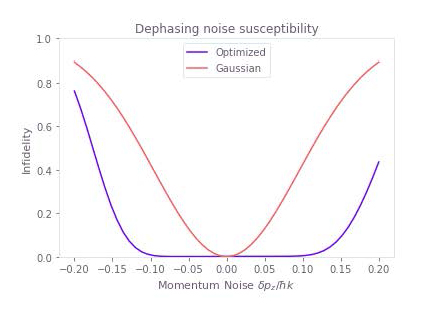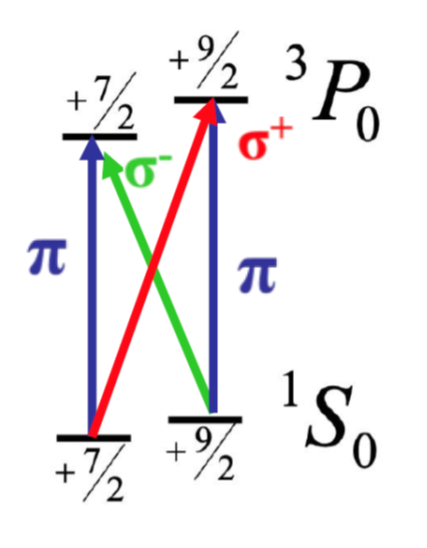A common prediction of proposed new physics beyond the Standard Model, such as light moduli associated with the compactified extra dimensions that arise in string theory, is the existence of new forces of relatively short range. Such forces would effectively manifest as a deviation from the gravitational inverse square law. To look for these forces, we aim to perform an improved test of the gravitational inverse square law using precision atom interferometric gravity gradiometers and accurately characterized proof masses. This same experimental setup can also be used for a new measurement of Newton’s gravitational constant.
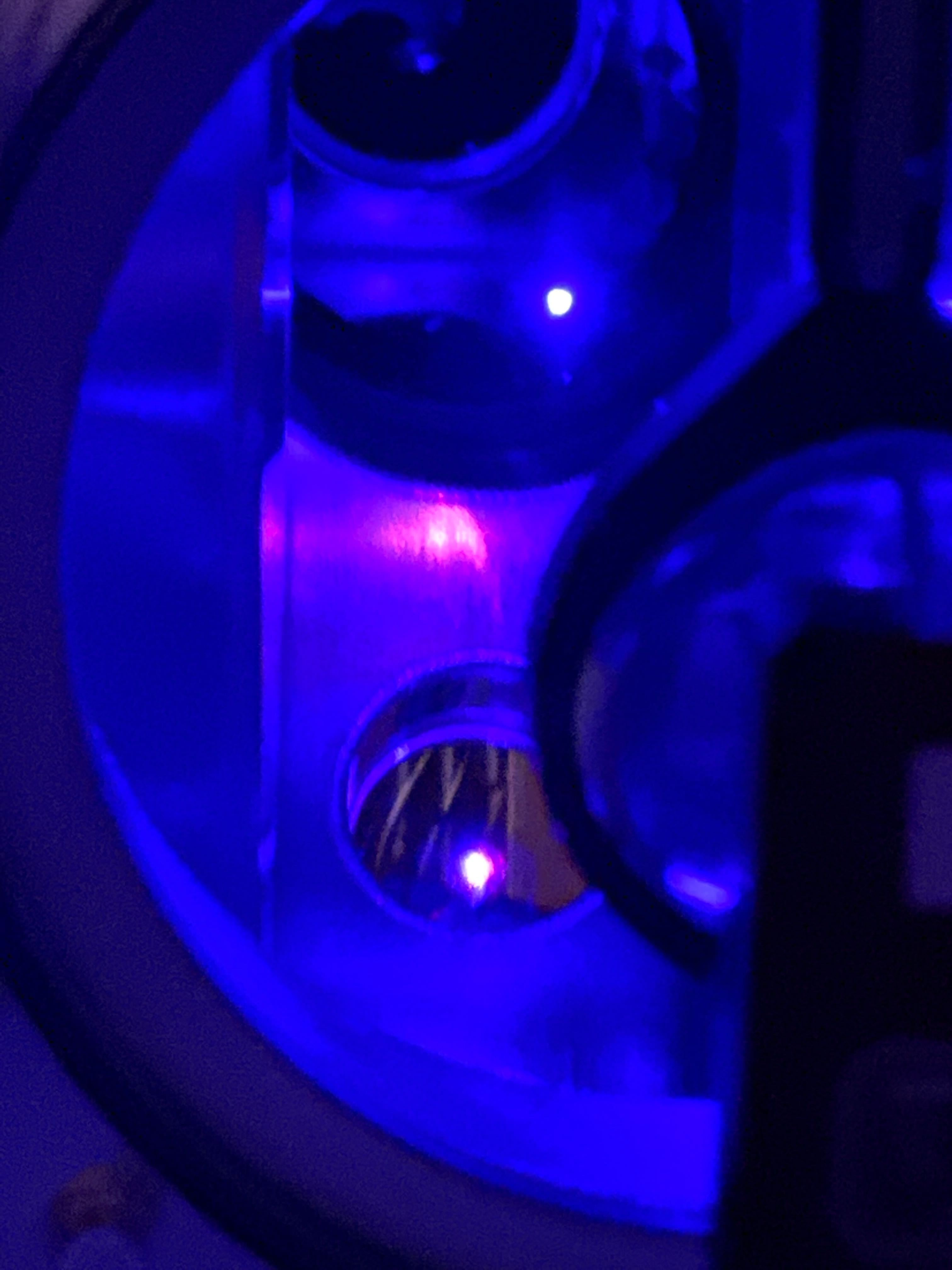
The sensitivity of atom interferometers has rapidly advanced in recent years. With further technology development, an atomic gravitational wave detector could potentially be realized. The concept behind such a detector is to have two atom interferometers separated over a long baseline. A passing gravitational wave would slightly modulate the length of this baseline—an effect that could be detected by sufficiently sensitive atom interferometers.
Our group is part of the MAGIS collaboration, which is working to advance atom interferometry techniques to the level needed for gravitational wave detection. We are building a 100-meter-tall atom interferometer (MAGIS-100) at Fermilab to serve as a prototype gravitational wave detector for frequencies below those that can be studied by LIGO, opening the potential for many new astrophysical and cosmological discoveries. This instrument will also carry out sensitive searches for ultralight, wavelike dark matter, which is considered among the most promising dark matter candidates. Moreover, MAGIS-100 will be used for exploring fundamental quantum science, pushing the boundaries of the length and time scales over which massive particles can be quantum mechanically delocalized.
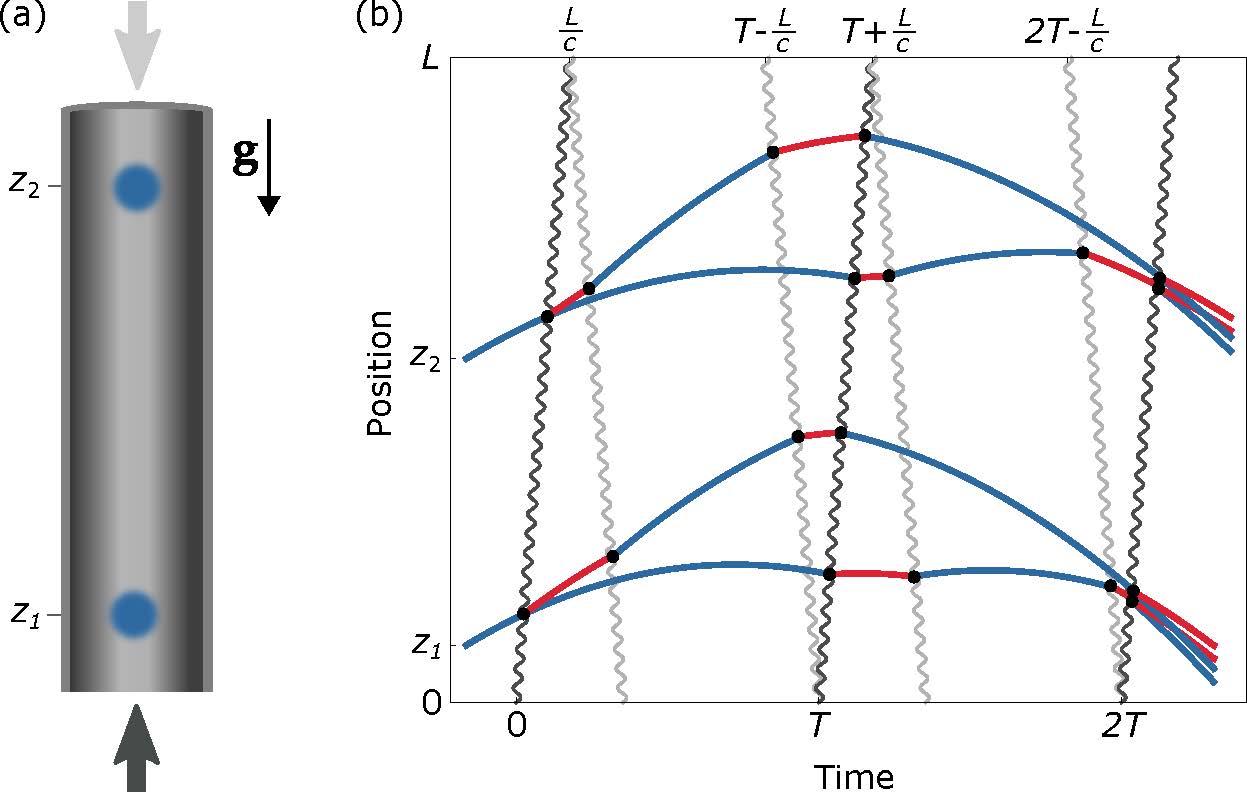
Ultralight bosonic fields that can be best understood as coherently oscillating waves as opposed to individual particles are among the leading dark matter candidates. These ultralight fields can lead to temporal oscillations of fundamental constants like the fine structure constant or the electron mass. The oscillation occurs at the Compton frequency associated with the characteristic mass of the field.
With our collaborators in the Center for Fundamental Physics, we are building an optical cavity comparison experiment to search for this type of dark matter in the audio frequency range of 0.1 – 10 kHz. One cavity will have its end mirrors rigidly connected. The other cavity will have its end mirrors independently suspended and uncoupled from each other, as in LIGO. Light from a common laser can be directed into the two cavities to probe the length of each resonator. The dark-matter-induced time-varying component of the fine structure constant or the electron mass results in periodic changes of the size of atoms, and hence the length of the rigid cavity. By contrast, the dark-matter-induced length changes in the suspended cavity are suppressed by a low-frequency mechanical suspension. The experiment will be carried out cryogenically to reduce noise backgrounds from thermal noise.
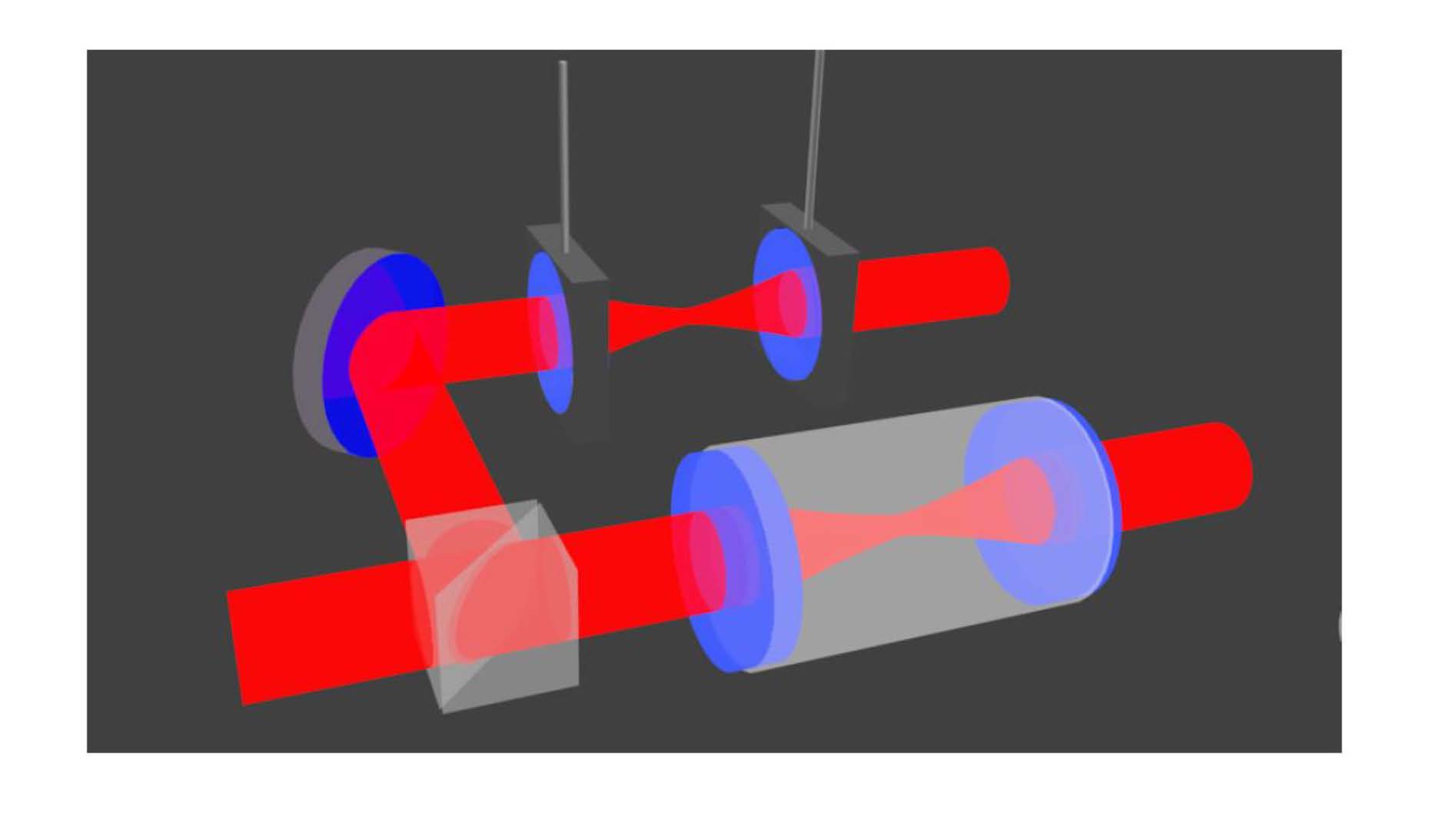
As part of the Superconducting Quantum Materials and Systems (SQMS) Center, we are contributing to research on quantum optimal control. The advancement of techniques to implement high-fidelity quantum gates is essential for quantum computing to reach its full potential. In practice, experimental imperfections and noise limit the fidelity that can be achieved. It is therefore important to control the qubits in a manner that is optimally robust against these limitations. Quantum optimal control offers a computational framework for systematically finding such optimized control waveforms. One of the key aims of SQMS is to develop new synergies between superconducting quantum computers and ultraprecise quantum sensors that search for new physics beyond the Standard Model. Our group is working with the SQMS quantum optimal control team to adapt quantum optimal control algorithms developed in the context of superconducting quantum computing to quantum sensing with atom interferometry.
In an atom interferometer, sequences of laser pulses spatially split, recombine, and interfere the quantum mechanical wavefunctions of atoms. Measurements of the resulting interference signal can provide a sensitive probe for dark matter, new forces, or gravitational waves. The sensitivity of current state-of-the-art atom interferometers is limited by infidelities in the laser-pulse manipulations of the wavefunction. Thus, achieving improved fidelities via quantum optimal control is a crucial step for advancing atom interferometry.
In turn, our studies will inform the optimization protocols SQMS implements for superconducting quantum computing. The degree of improvement provided by quantum optimal control depends on the specific optimization protocol employed. Therefore, it is valuable to compare the respective capabilities of different optimization platforms to identify the best features of each. Our group is evaluating the performance of the commercial Q-CTRL Boulder Opal platform, with particular attention paid to its capacity for handling challenging, multi-dimensional optimization problems involving many quantum states and time-dependent noise. Such optimizations are needed both for atom interferometry and for superconducting quantum computing. We will compare the results from this platform to those from custom optimization packages being developed by SQMS researchers, providing critical benchmarking data and identifying features from each platform to synthesize into an ideal quantum optimal control platform for SQMS.
